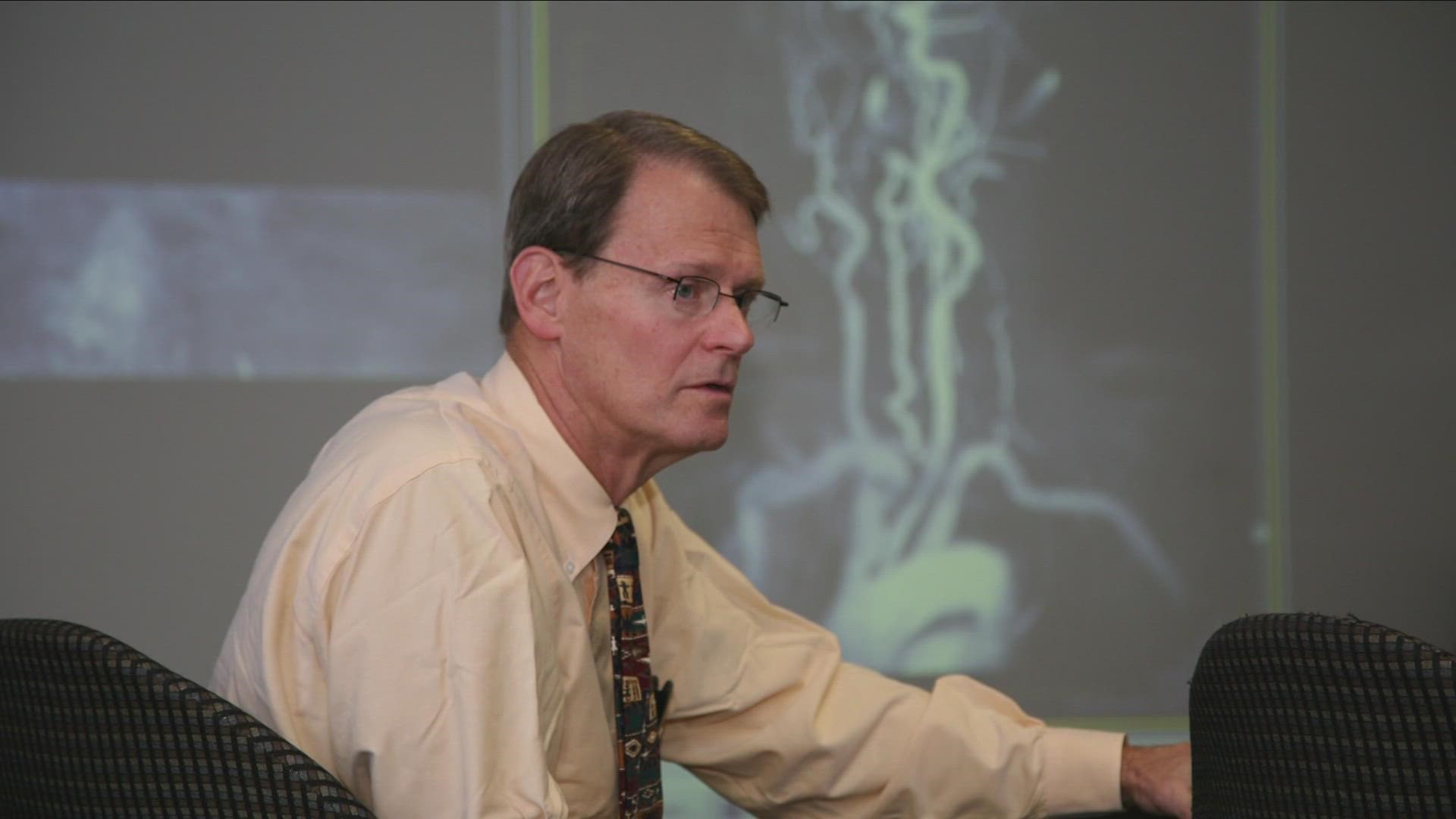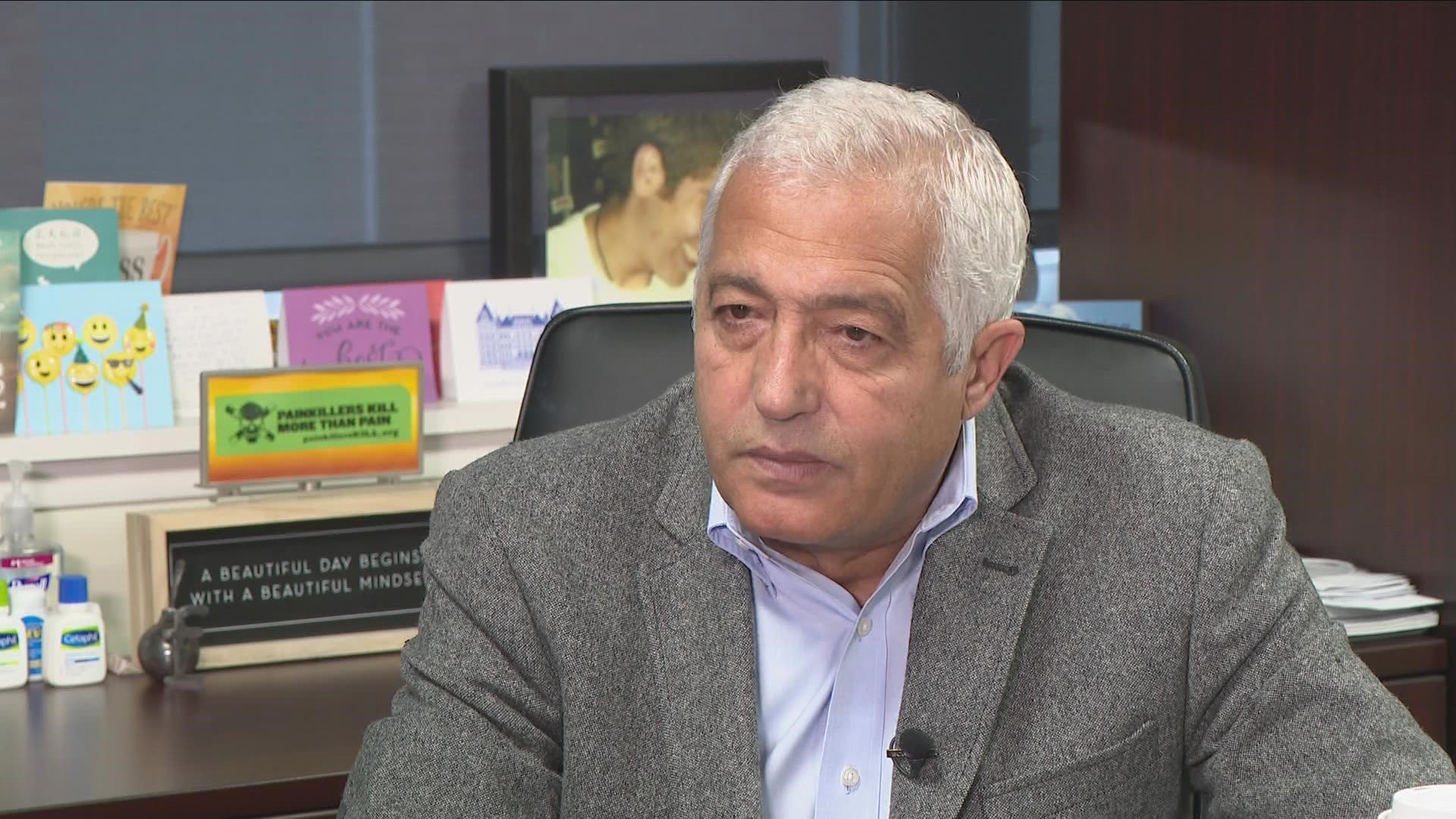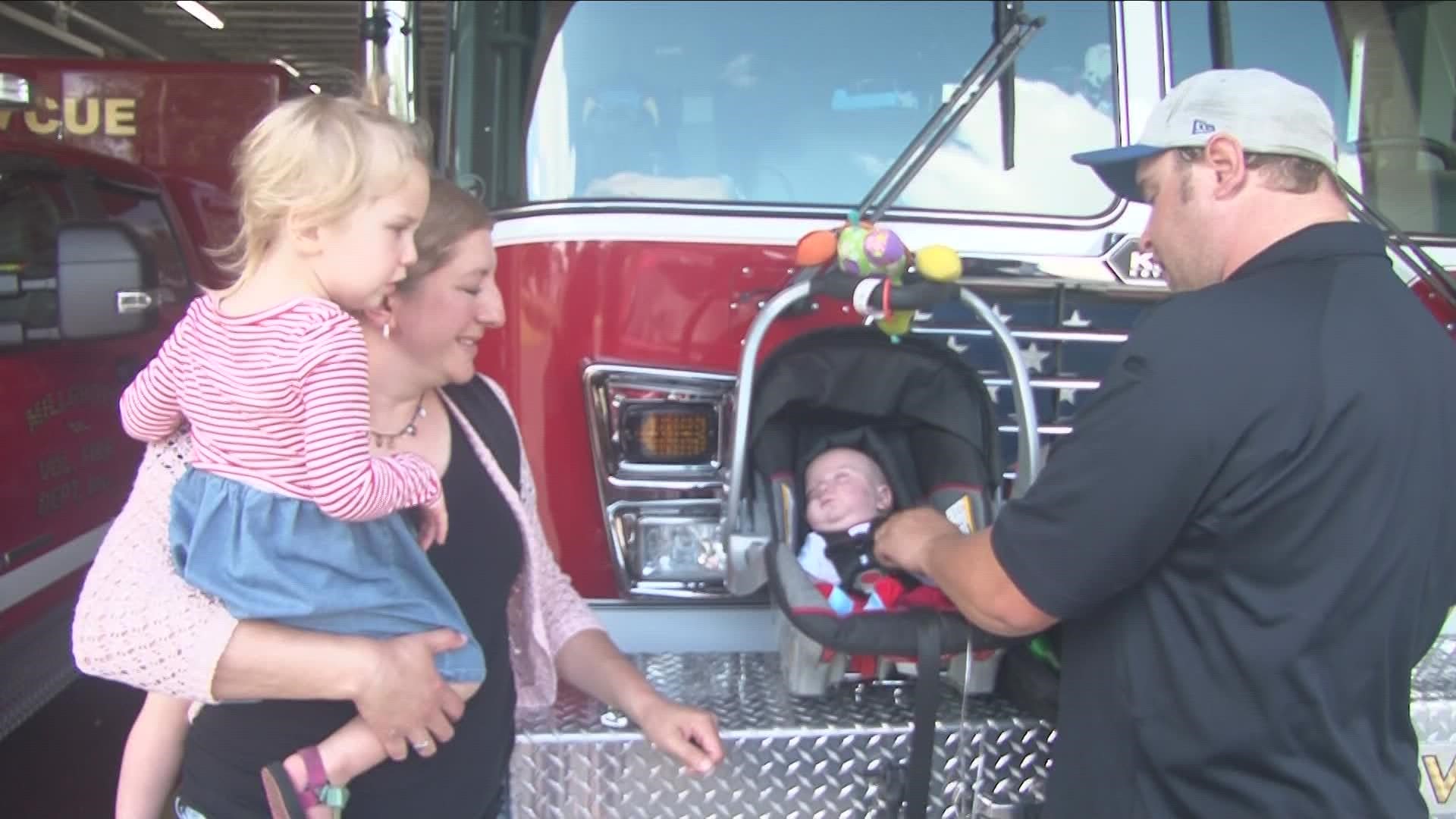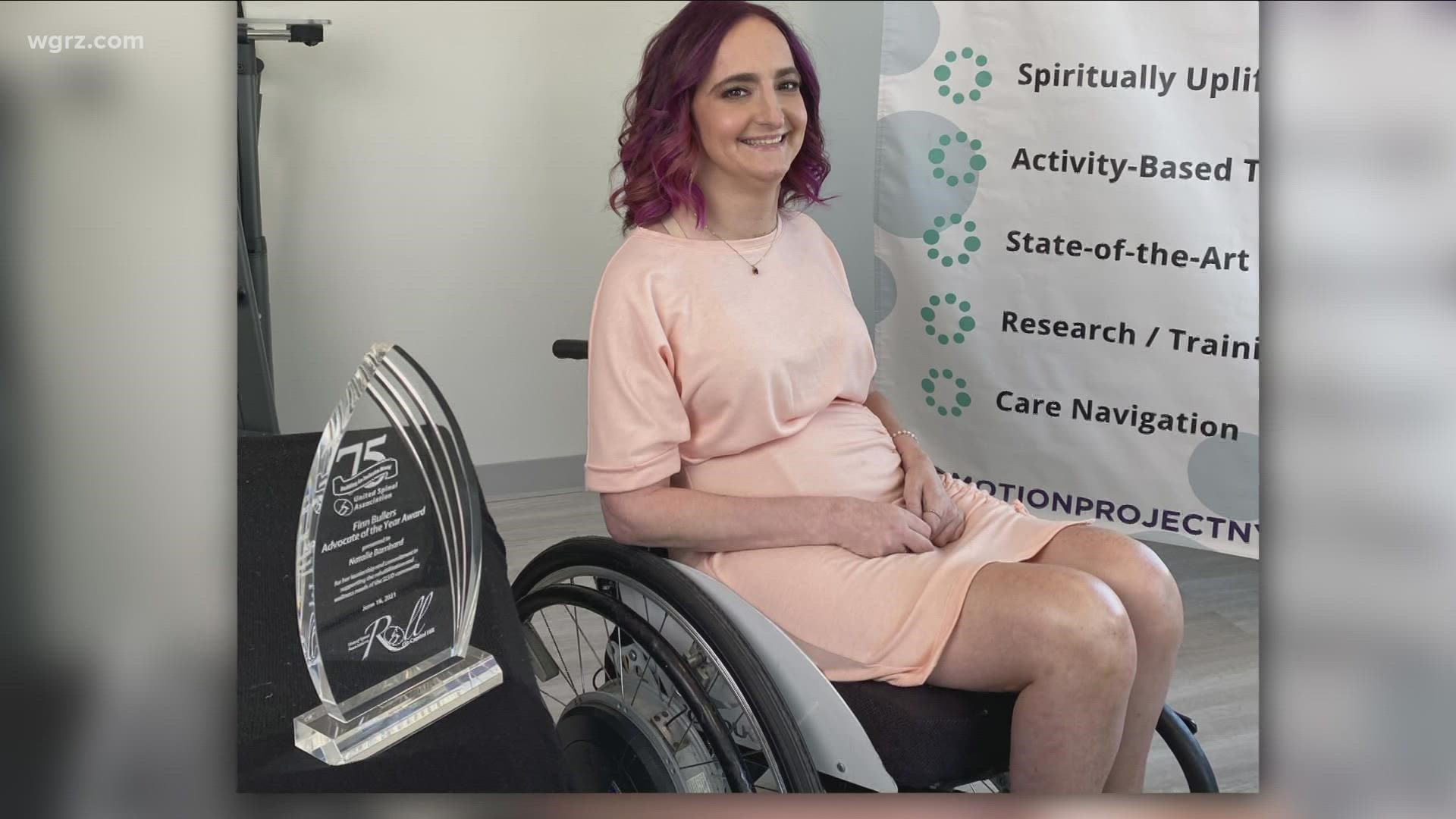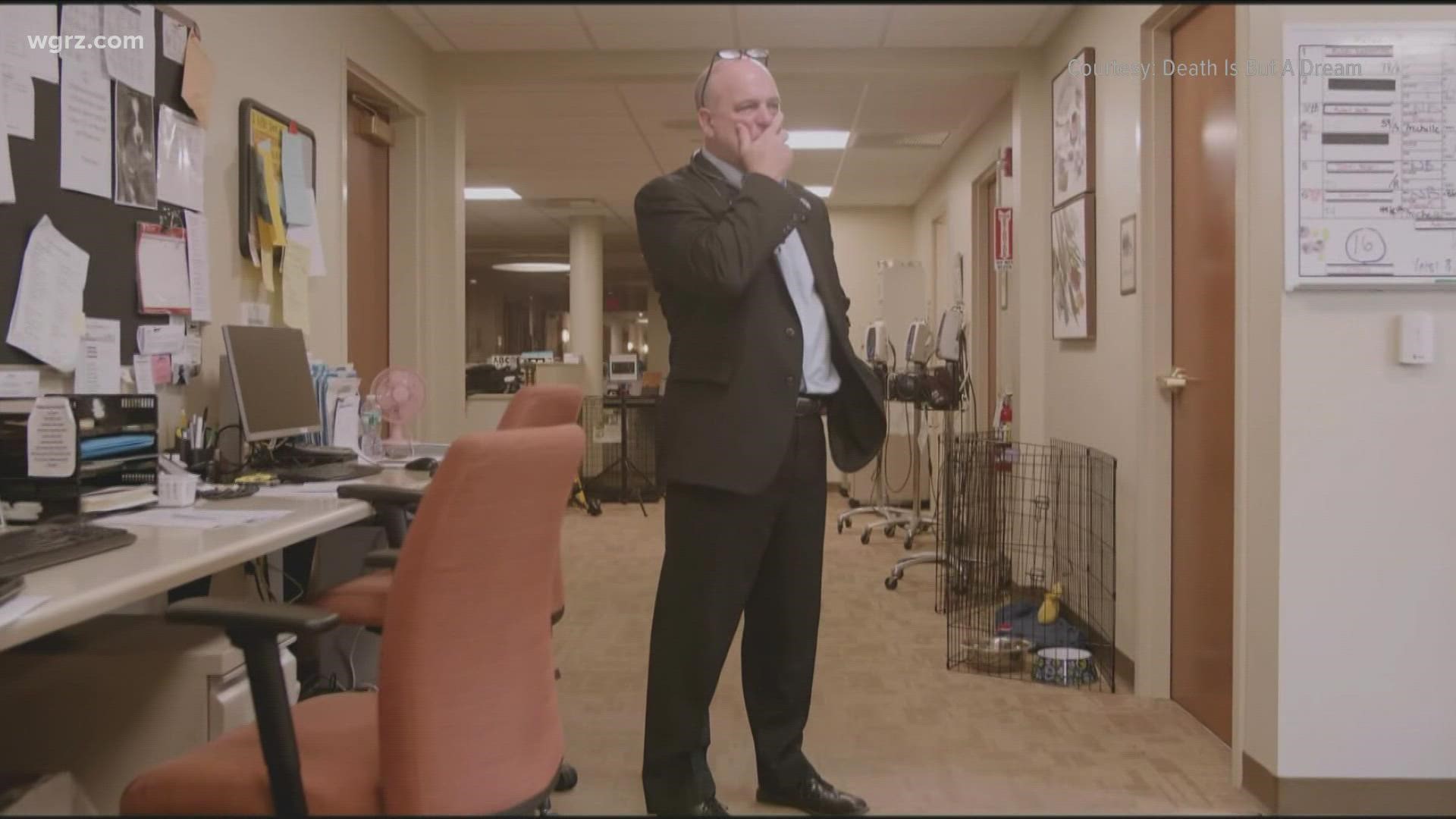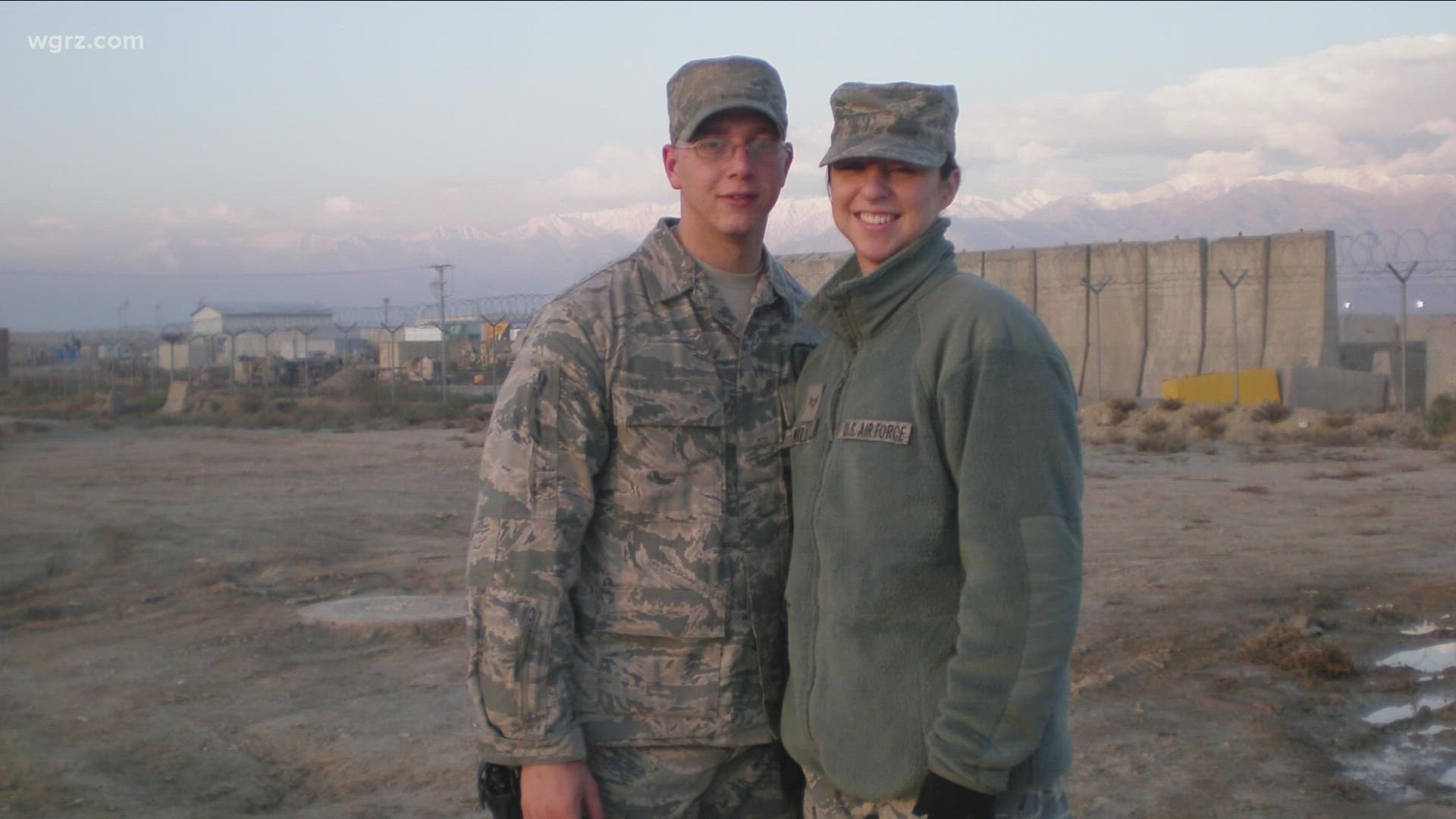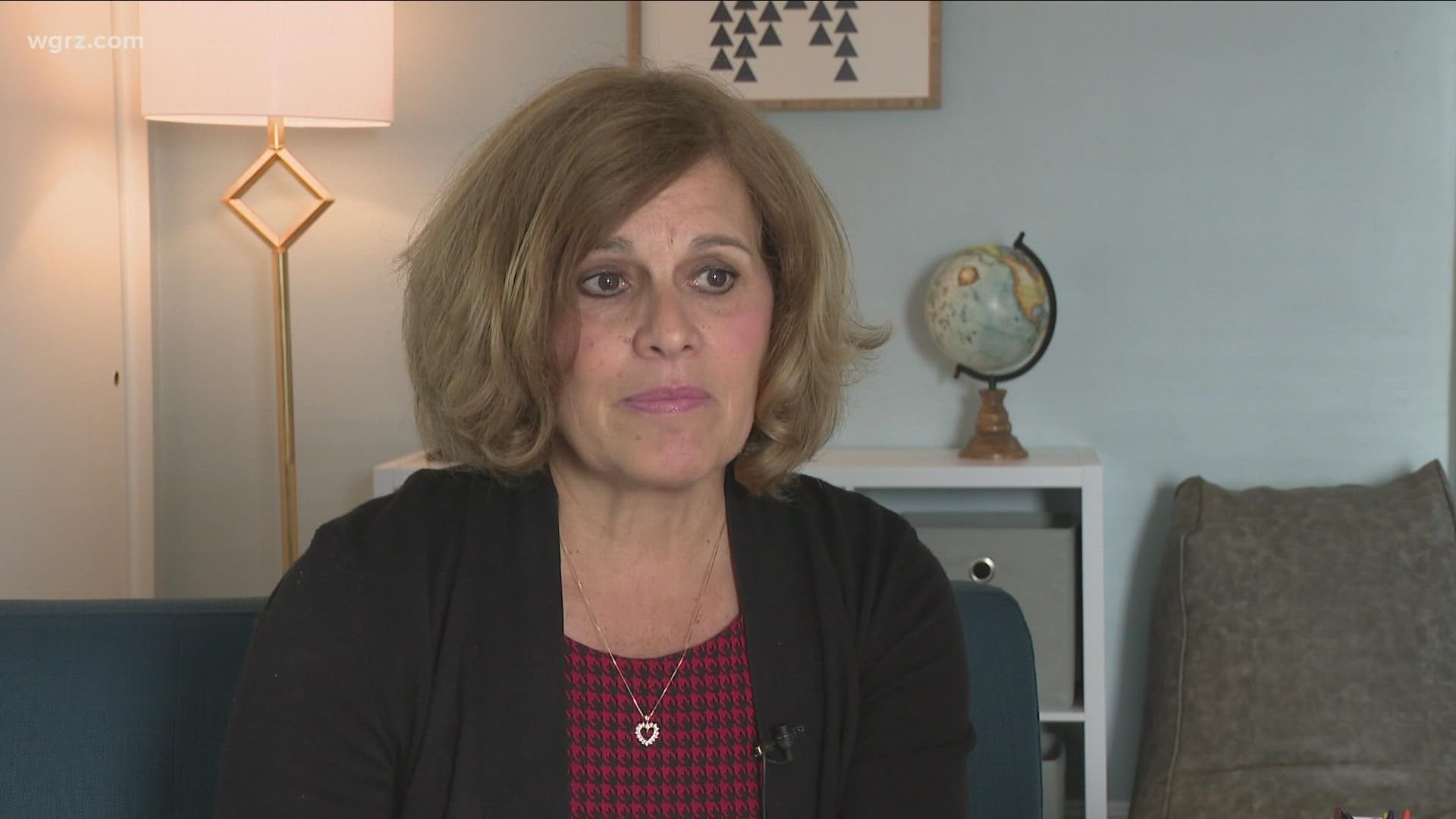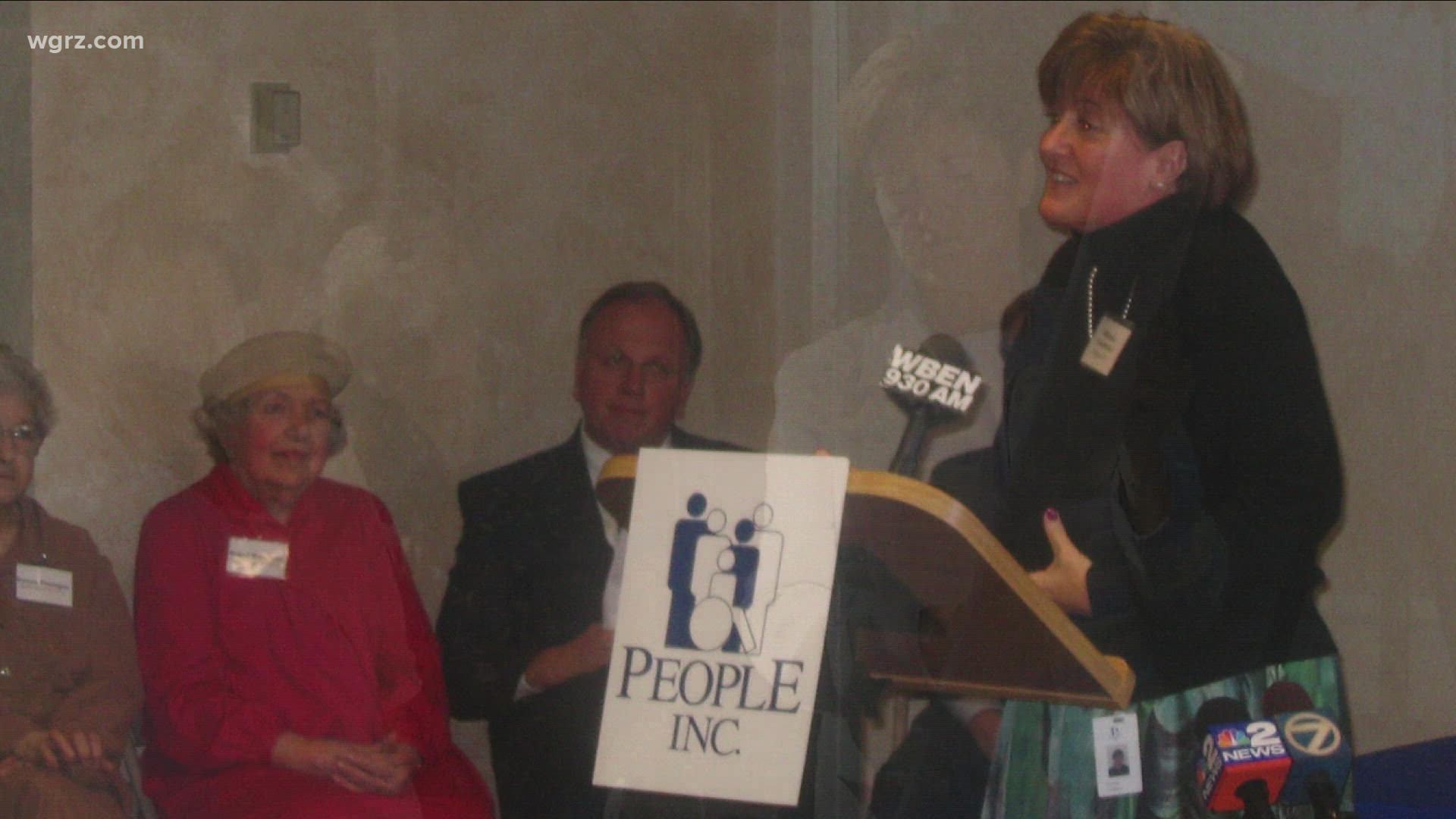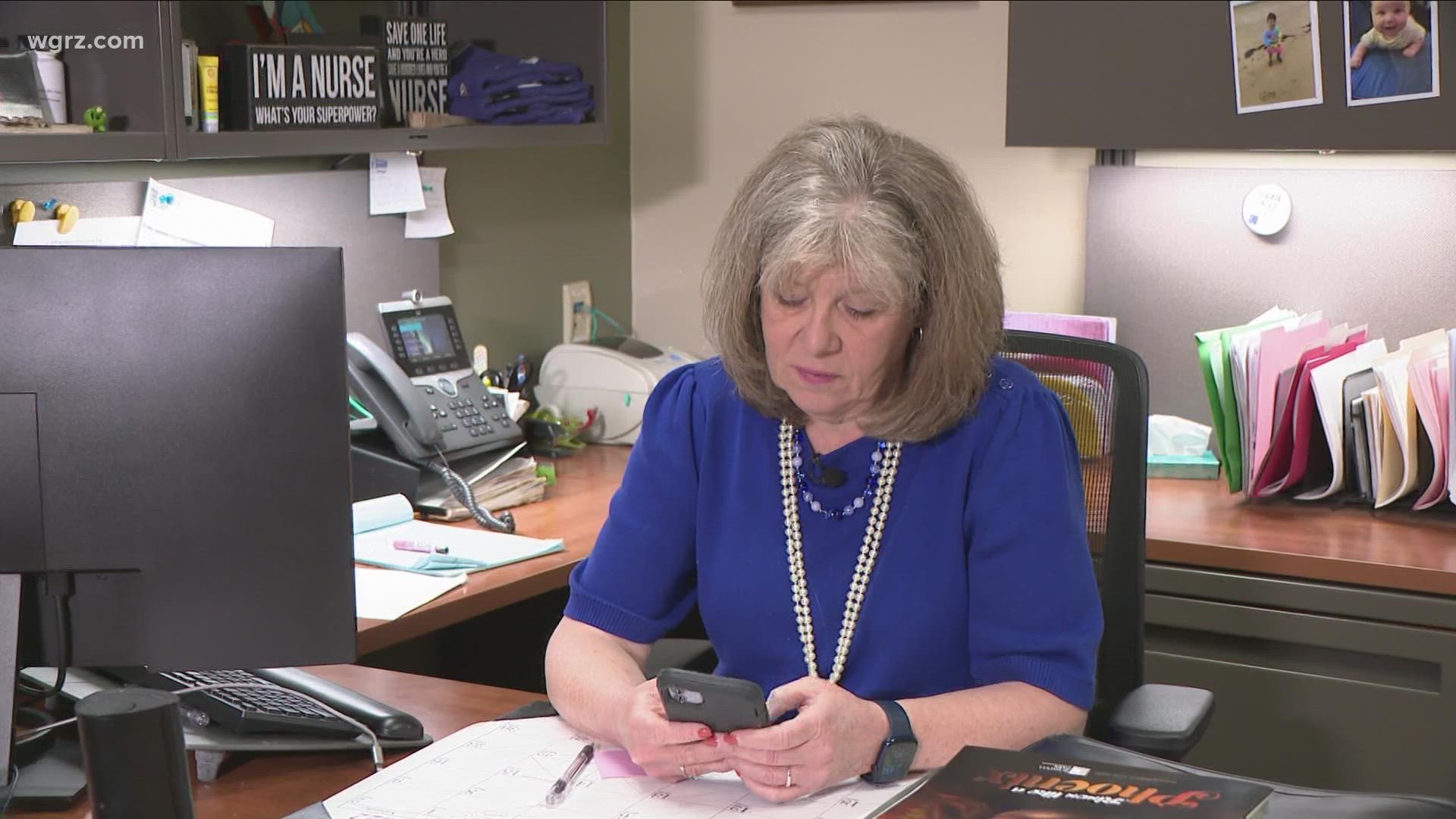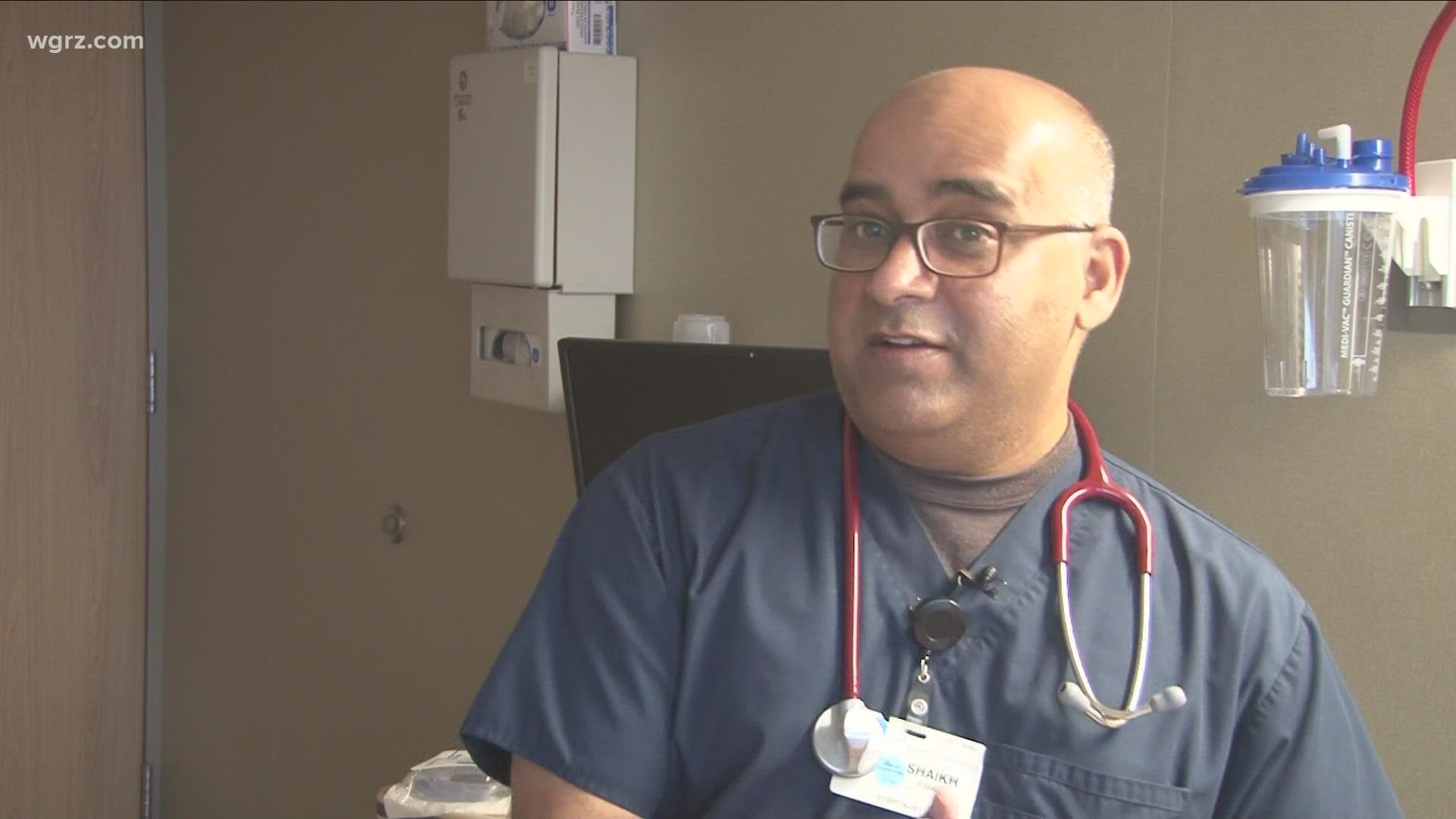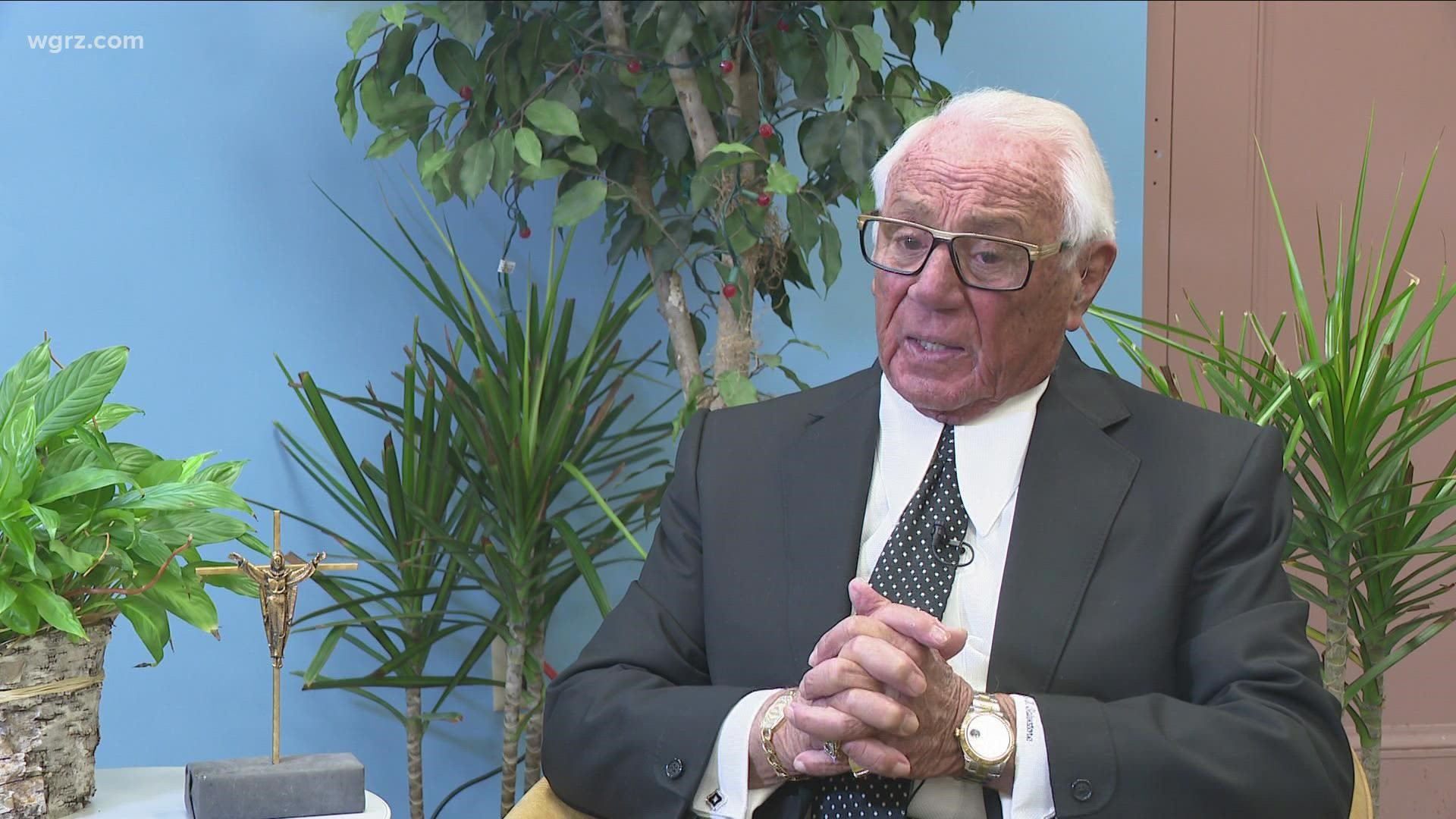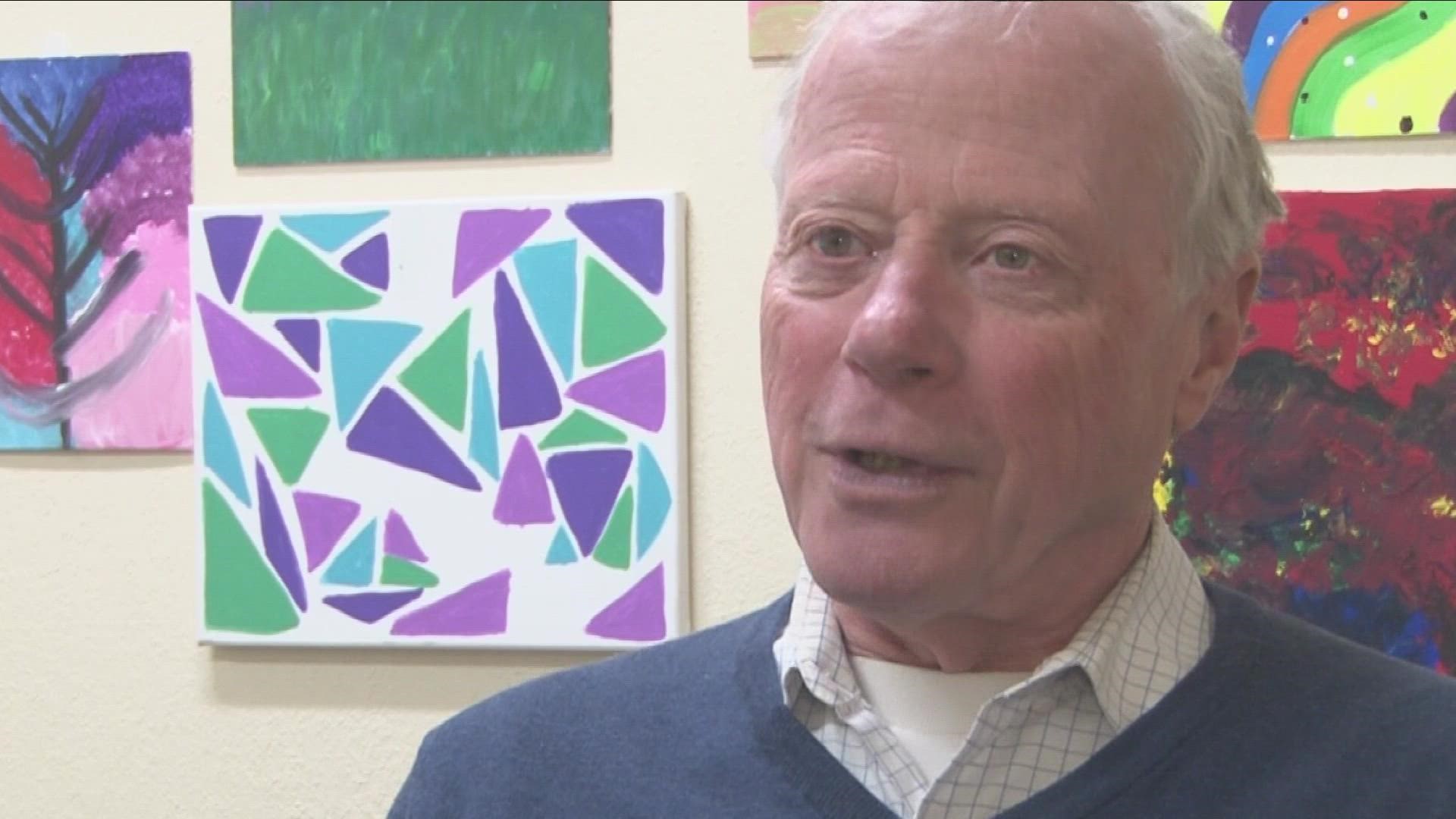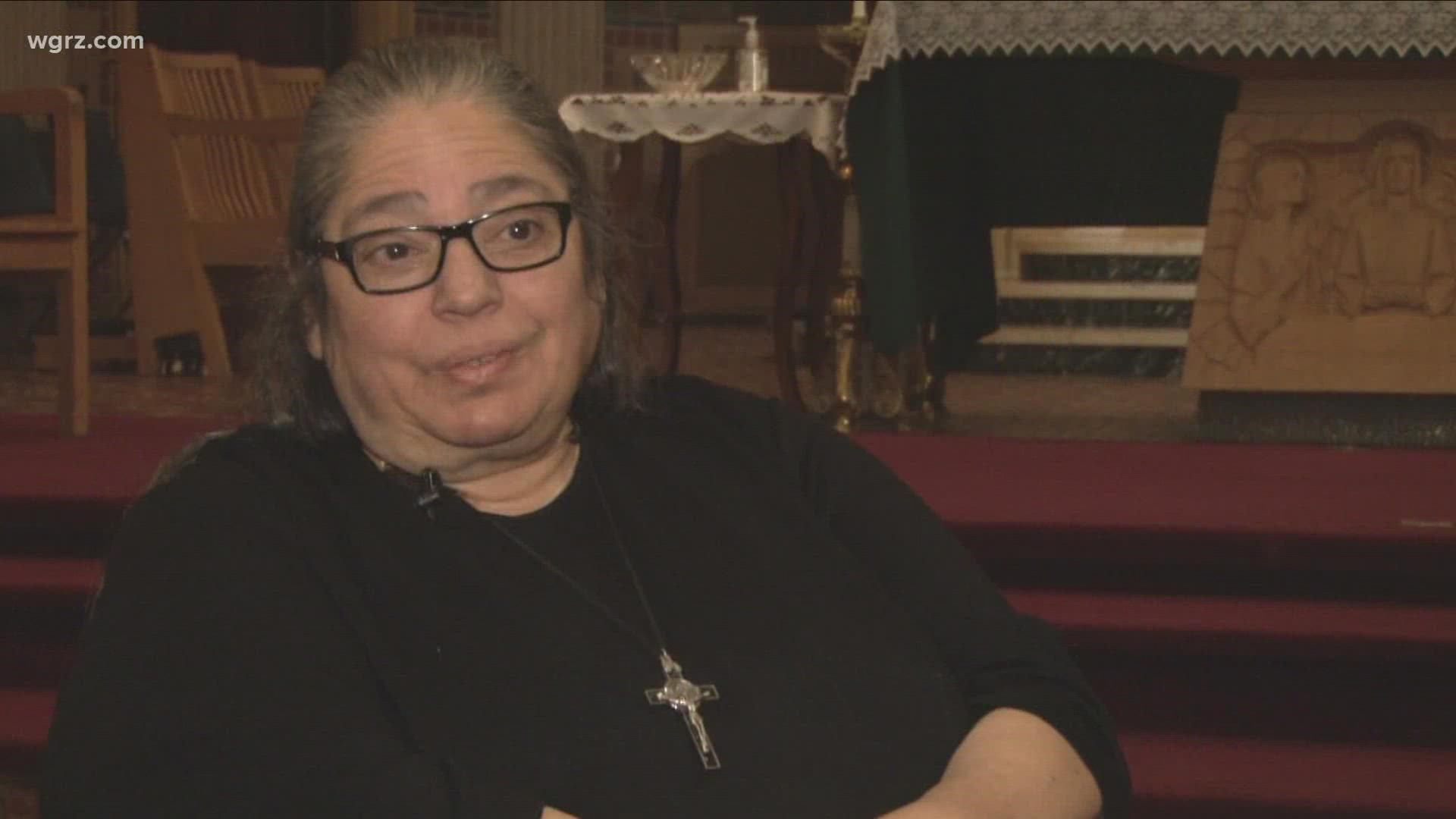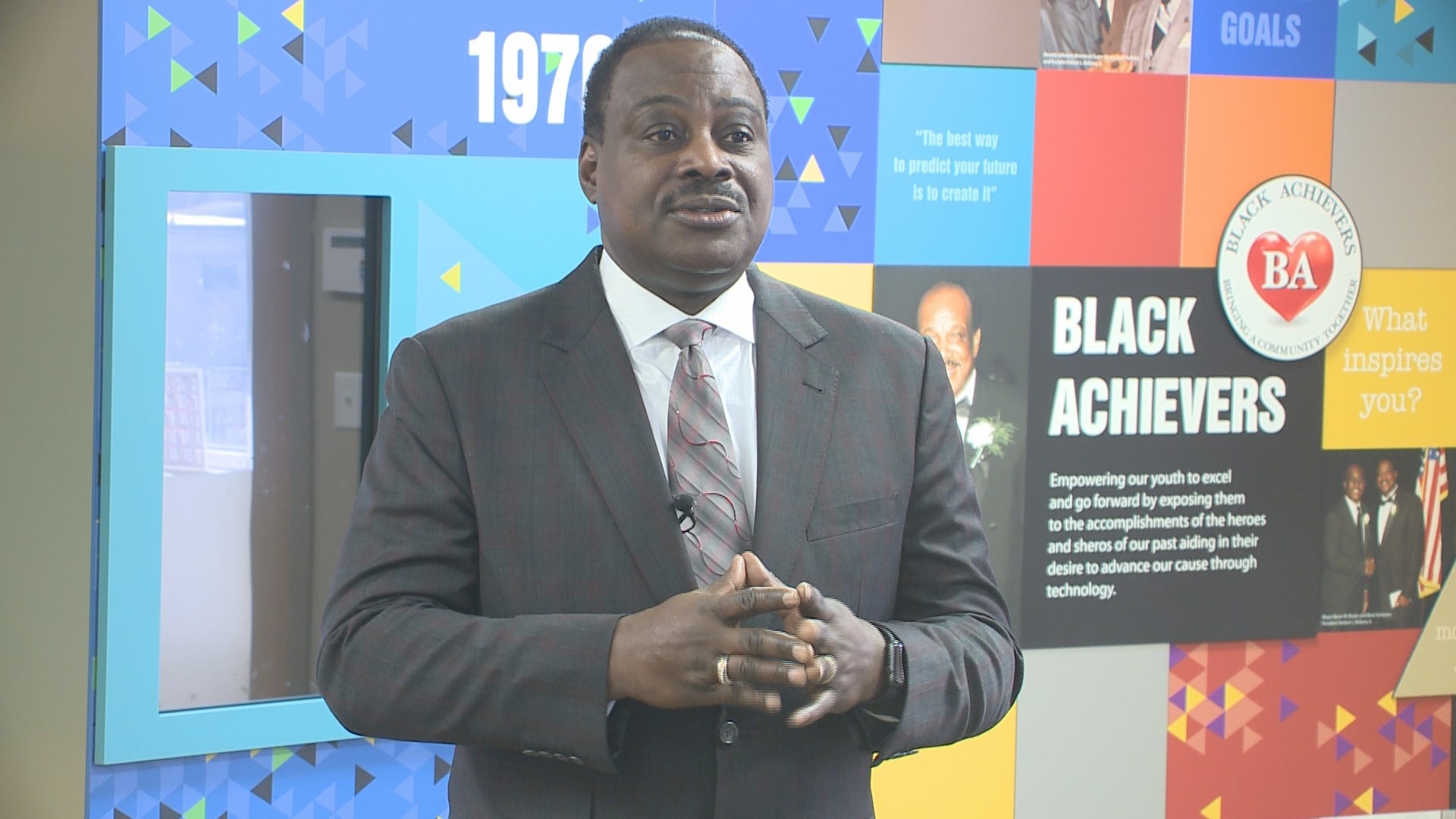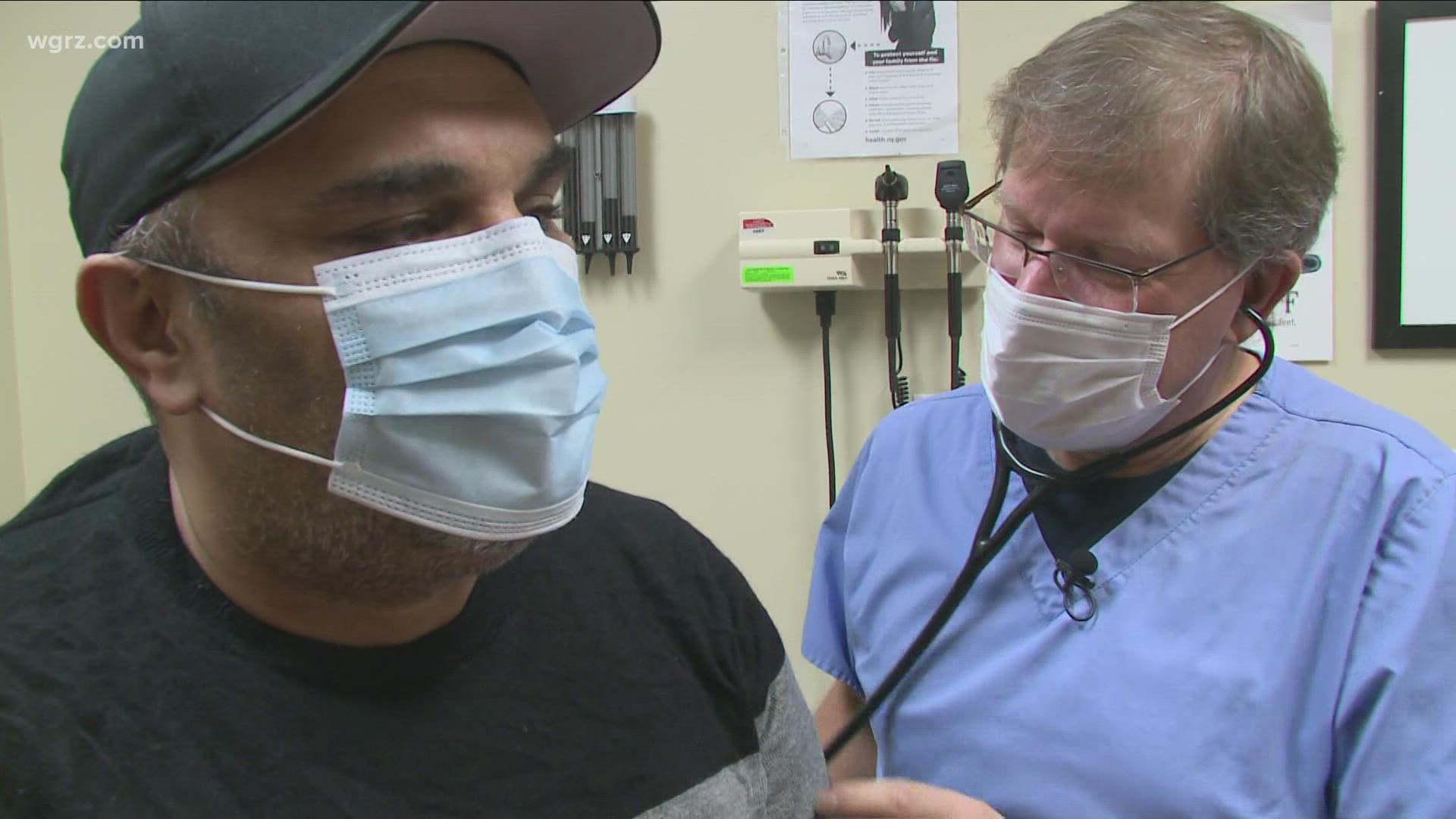BUFFALO, N.Y. — He often says he's more well known in Beijing or Bangkok than he is in Buffalo or Batavia, but whether or not he's a household name, the local retired neurosurgeon has left an indelible mark in the treatment of stroke and vascular disease. Dr. L. Nelson "Nick" Hopkins, III, is being recognized as one of WGRZ's "Selfless Among Us."
Anyone who has suffered a stroke in the the last three decades has likely had better treatment and recovery because of Dr. Hopkins and his courage to challenge the status quo.
"When I started, there weren't any neurosurgeons doing this," the 79-year-old Dr. Hopkins told WGRZ's Melissa Holmes during an interview in his Buffalo home.
When Dr. Hopkins entered the field of neurosurgery in the early 1970s, after graduating high school from Nichols and earning his medical degree at Albany Medical College, most patients who suffered a brain injury or stroke had to have an open craniotomy and were forced to live out their days in nursing home. Hopkins thought, there must be a better and more minimally invasive method, and he became the father of endovascular neurosurgery.
"It wasn't evidence based. It was intuition and it was skillset and knowledge," said Hopkins.
At the time, it was only cardiologists using catheters in the heart, but Hopkins thought a similar method could access blood vessels in the brain.
"I thought if these other guys can stick needles in arteries, I can do it, too. So I started doing it on my own. I had a couple really amazing cases. One patient was about to lose his eye and we were able to save it by putting a balloon up there. So I began to gain more and more confidence and began to do more and more with catheters," Hopkins explained.
But he faced immense pushback from other doctors.
"If you look at my career, I guess it started out as a curiosity. And these other people who had been using catheters for angiograms took real offense and slowly I evolved into a pariah because neurosurgeons shouldn't be allowed to do this. I was giving a lecture about it and I looked out in the audience and I saw nothing but the backs of newspapers. These guys didn't give a damn what I was or doing. So I started publishing and teaching."
Hopkins served as the chairman of the University at Buffalo Department of Neurosurgery from 1989 to 2013 and authored more than 300 publications on the prevention and treatment of stroke. Eventually, Hopkins method was widely accepted and he created a paradigm shift in the treatment of stroke. In his career, more than 60 fellows learned from, trained under and worked with Dr. Hopkins.
"I was fortunate enough as more and more really great kids came in as fellows and they immediately had better ideas than I had and we would get together and talk about what we can do and come up with new things to try and the field just evolved," said Hopkins.
Dr. Elad Levy was one of those fellows. He joined Hopkins in 2001 and together they created devices for thrombectomies in which surgeons can pull out blood clots to help treat or prevent a stroke.
"He's selfless. He's a pioneer. But he's also a renegade. He's like Don Quixote and the windmills because he went against the grain. When everybody thought he was a pariah and he was trying to flip neurosurgery on its head, getting away from the big surgeries and big craniotomies and pushing toward minimally invasive, when he would present these at a meeting, people would resist, or they wouldn't listen, or they'd leave. But now he's created a legacy. He's created generation after generation of disciples that have transformed the care of stroke and aneurysm and hemorrhage," said Dr. Levy, current chair of UB's Department of Neurosurgery. "He's created leaders in this field across the country more than any other chairman that I know of in the field of endovascular neurosurgery."
Dr. Hopkins also had another seemingly crazy idea at the time. Instead of different kinds of doctors working alone in silos in their own department in hospitals, he thought it would be better to have them work together. That was how Hopkins helped create Gates Vascular Institute in Buffalo, the first multidisciplinary vascular hospital in the country.
"The Jacobs family asked me if I would help them build a neuroscience center, and I said, 'No, I won't. But I'll help you build a vascular center.' Because I had seen what happens when you bring all of these different people or different disciplines together. You're making advances because you're doing things in a multidisciplinary world. No one else was doing that. So we were way ahead of everybody," said Hopkins. "The Gates Vascular Institute has now evolved into something really special. We're busting at the seams."
Hopkins was also the founder of the Jacobs Institute which hosts biomedical startups. Dr. Adnan Siddiqui, professor of neurosurgery at UB, is now the CEO of the Jacobs Institute. He says Dr. Hopkins was his mentor, and he wanted to emulate him in medicine and in life.
"I struggled to find mentors in neurosurgery that I could emulate. I loved the field. I did not really love my mentors. I loved the work they did. I just didn't want to be like them. And that all changed when I met Nick. I finally found the man that I wanted to be like and I wanted to emulate," said Dr. Siddiqui. "People don't realize, obviously there's the more famous Bills Mafia, but there's another Buffalo mafia in neurosurgery as well, and that is all the people that have come to spend time with Nick in Buffalo over the decades. We all remain very strong friends. He really touched more people and more leaders of the field and he created a tsunami of change. He changed the way we practice."
Siddiqui said Hopkins had a special way of lifting up those around him.
"Every time a new idea came up, he would congratulate you for coming up with the idea when you knew it came from him. And by convincing everybody around him that they're great, he's the greatest leader that I personally know," said Dr. Siddiqui.
And of all his professional accomplishments, Hopkins says that makes him most proud.
"What is leadership? I think it's finding wonderfully talented people to work with you and then getting the hell out of their way to let them do their thing. And if they have a mishap, you support them, even if it means your own death."
Since retiring Dr. Hopkins has done some consulting work.
"I'm having a ball just being a fly on the wall," he said.
He also enjoys spending time with his wife of 57 years, Bonnie, along with the 3 children and 8 grandchildren. Bonnie and Nick have been together since the 7th grade, and he said none of his accomplishments would have been possible without her love and support.
"Our family has always been the center of our life," he added.
To nominate someone to be featured in WGRZ's "Selfless Among Us" series, email details to Melissa.Holmes@wgrz.com .
To see others featured in the "Selfless Among Us" series, click the videos below.

